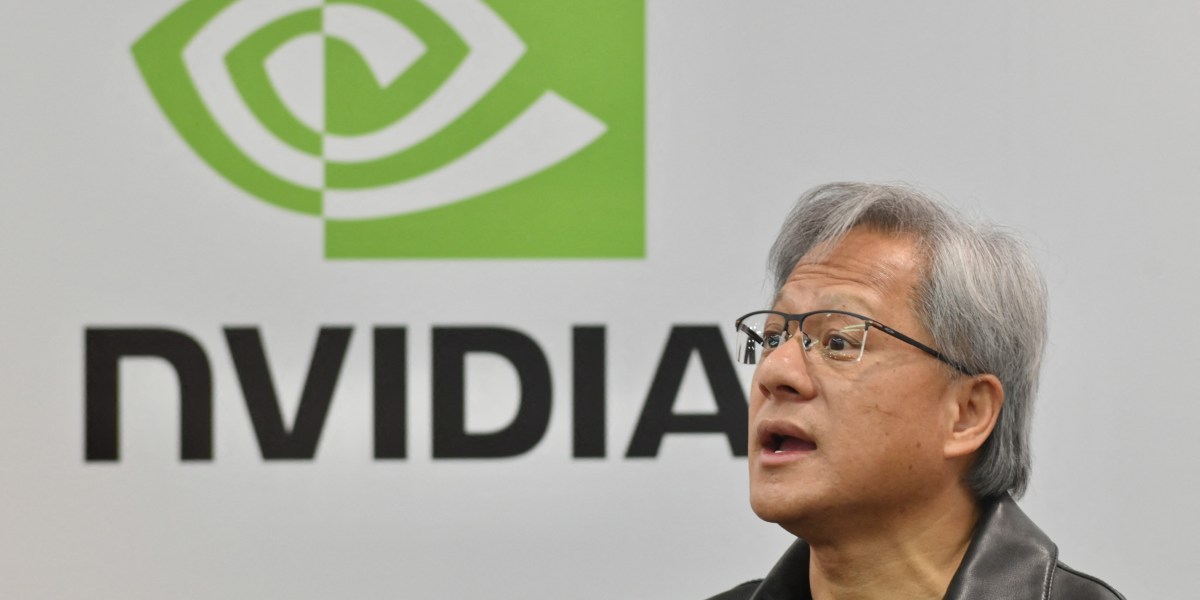The prominent artificial intelligence startup OpenAI and the semiconductor behemoth Nvidia have garnered significant attention globally, especially with the surge of generative AI and the remarkable ascent of Nvidia’s stock price. However, the distinctions between these two AI frontrunners may not be readily apparent to the average American.
Nvidia, renowned as the powerhouse behind AI chip production, operates uniquely in the sense that it does not manufacture the chips itself; that responsibility falls on Taiwan Semiconductor Manufacturing Co. (TSMC). Nvidia’s role primarily involves chip design and development, followed by fabrication by TSMC, intricate integration processes, and thorough testing. Unlike OpenAI, Nvidia is not categorized as a “pure play” AI company by Wall Street, as it caters to various industries, providing essential technological infrastructure akin to the tools required in a modern-day gold rush. Among its offerings are graphics processing units (GPUs), system on a chip units (SoCs), utilized in diverse applications ranging from gaming and virtual reality to cryptocurrency mining and autonomous driving. Additionally, Nvidia delivers hardware products, software applications, and services like high-performance networking solutions and the Nvidia GeForce Now cloud gaming platform.
In contrast, OpenAI specializes in the development and commercialization of AI tools and application programming interfaces (APIs). Through extensive research and development endeavors, OpenAI directly creates cutting-edge AI models such as the widely-used generative AI chatbot, ChatGPT, and the innovative text-to-video platform, Sora. The operational functionality of these models heavily relies on Nvidia’s chip designs for seamless execution.
Established in December 2015 by a consortium of research scientists and entrepreneurs, including Sam Altman and Elon Musk, OpenAI initially aimed to operate as an open-source nonprofit organization, dedicated to fostering safe AI practices and fostering collaboration within the AI community. Over time, OpenAI’s structure evolved, with the establishment of a nonprofit parent entity, OpenAI Inc., alongside a for-profit subsidiary, OpenAI Global, LLC.
Furthermore, there exists a substantial contrast in scale between Nvidia and OpenAI. Nvidia, a publicly traded entity, has witnessed a remarkable surge of over 270% in its stock value within the past year, propelling it to the third position among the world’s largest companies, boasting a market capitalization exceeding \(1.9 trillion. Conversely, OpenAI, a privately held startup, recently attained a valuation of \)80 billion following a share sale to venture firm Thrive Capital. To provide context, OpenAI reported revenues of approximately \(1.6 billion in 2023, while Nvidia’s fiscal 2024 earnings reached \)60.9 billion, a substantial increase from $27 billion in fiscal 2023.
In essence, while both OpenAI and Nvidia have experienced significant valuation growth as AI pioneers, they exhibit distinct characteristics akin to siblings—sharing a common DNA but manifesting contrasting personas.










